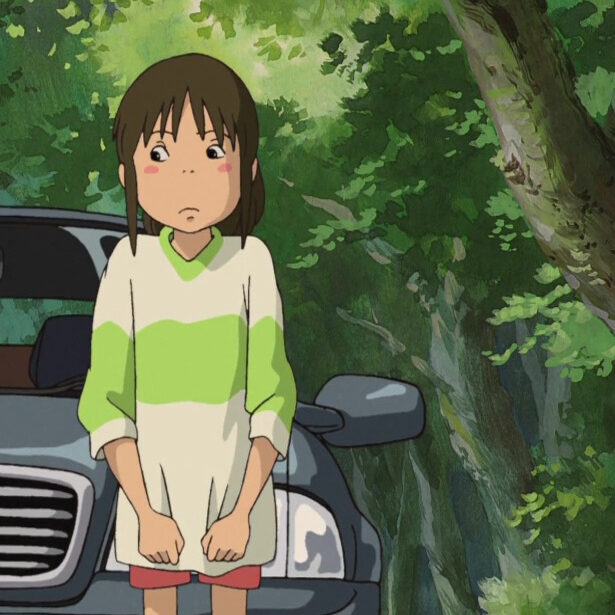It is possible that some Persian words have made their way into the Nepalese language through India, where they were introduced by Persian traders. Persian, also known as Farsi, is a language spoken in Iran and other countries in the Middle East, and it has a long history of cultural and political influence in the region. In the past, India had close connections with the Persian-speaking world, and Persian traders may have brought words and phrases from their language with them when conducting trade in India. These words may have been adopted into the Indian language over time and then passed on to Nepalese speakers through trade, cultural exchange, or other forms of communication with Indian traders. This could have led to the incorporation of Persian words into the Nepalese language. However, without more information about specific words and contexts, it is difficult to say for certain how widely used Persian words are in the Nepalese language or how they came to be adopted.
Following words are a general list of persian words which are commonly used in Nepali
| Persian Word | English Meaning |
| Rang | Colour |
| Hamesha | Always, Ever |
| Shayad | Maybe |
| Kharab | Bad |
| Ganda | Dirty |
| Imandaar | Honest |
| Jawaan | Young |
| Khusi | Happy |
| Garib | Poor |
| Kaamjor | Weak, Not Durable |
| Khun | Blood |
| Peshab | Urine |
There are many more Persian words that are used in the Nepali language, in addition to the ones mentioned above. Some common examples include “Khatarnak,” which means “dangerous,” “Aaina,” which means “mirror,” “Hajaar,” which means “thousand,” and “Belayat,” which means “United Kingdom.” In actuality, the word “Belayat” means “foreigners” in the Persian language. This term was likely adopted into the Nepali language during the period when the British were present in the Indian subcontinent, as the Kingdom of Nepal did not have much knowledge of the outside world at that time. The Nepali people may have referred to the British as “Belayat,” using the Persian word for “foreigners,” as a way of describing these outsiders who came to the region. It is not uncommon for words from one language to be adopted into another, and the exchange of words and phrases between different languages can be a rich source of cultural and linguistic diversity.
I wrote this article because when I was watching a film called “Close-Up,” which is an Iranian film, I heard a few words that sounded familiar to me, such as “aaina” and “kitab,” and I became curious about the connections between the Nepali and Persian languages. I decided to do some research and discovered that there are actually quite a few similar words between these two languages. This sparked my interest in the topic and led me to write this article to share what I had learned about the relationship between the Nepali and Persian language. It was fascinating to learn about the ways in which these two languages have influenced each other and to see the rich cultural and linguistic connections that exist between them.
